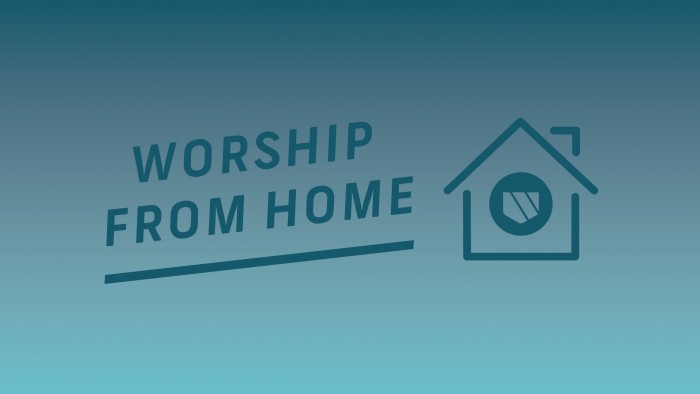
Virtual worship: Should you live stream, do a podcast, or send an e-message?

During this time of suspended in-person worship, due to COVID-19, local congregations are discerning ways to be in worship. There are several options to broadcast or record your entire service or a selected part of the service—the sermon. Local churches might consider live streaming, an audio broadcast or recording, a video recording, or sending digital sermons. In many instances, a combination of media may be the best option.
Here are some guidelines to consider:
Focus this process on people rather than technology. It is easy to let technology determine the best option for you. Low-tech and straightforward options require fewer people to make the process work. Think about the people that you have available to make it happen. That is what will make it work.
Define your audience and what would work best for them. What would be the easiest, most seamless way, for them to connect. For example, if you have a lot of people who are active on Facebook, Facebook Live might be your best option. If several members of your congregation enjoy watching a video, perhaps live streaming is your best option. Most communities have a local cable access channel that can be used for broadcasting worship services. It may be that you have people that like to read, and sending out a copy of the message is the best way to reach them.
Map out the resources you have and those that will be needed.
Live streaming or broadcasting through your local cable requires internet access, a video camera—which can be a tablet or smartphone, sound—from your sound system or camera, cabling, an encoder, a computer, and streaming service.
Facebook Live: You can begin with your smartphone or tablet. Just connect to the app and start. It is a good idea to grab a tripod and mount to steady your shot. Make sure to hold your device in the same position throughout the entire session.
Audio recording or podcast: You will need a device, a smartphone will work to record audio, a good microphone, a place to host or store the recording. Most smartphones or tablets have an app that will record. To enhance your audio recording, buy cabling that connects your device to the soundboard, or purchase an external microphone that can connect to your phone or device.
Video recording: You will need a camera—can be your smart phone or tablet, audio—can be your microhone on your phone or tablet, a way to download and distribute the video. Video storage and distribution options include YouTube and Vimeo, both have free limited storage options.
Copyright: If you live stream, podcast, video or audio record you will need to pay attention to copyright especially for music. The common misuderstanding is that you already have a license but permission does not apply to live stream, recorded, or broadcast worship. If you do not get permission or a license your stream or storage provider will block you. The simple solution is to stream or record the sermon only. The top three copyright licensing vendors are: CCLI, CCS, or OneLicense. OneLicense is currently offering free service for the next 30 days.
E-message: Think about sending out an e-message through a simple service like Mailchimp, Emma, or Constant Contact. The key is to make it visual and something that people can view easily on a mobile device like a smartphone or tablet. Services have templates that will create a visible, appealing e-mail that gets opened.
Keep it simple and start small, and you will be successful. Start with the resources you have and expand. It is important not to do this in isolation, create a team of support to make it happen.
Be inspired and have fun reaching people in new ways.
Additional resources:
Facebook Live step-by-step guide
Discounted copyright license for live streaming is currently available through One License.
Center for Congregational Song offers a few guidelines and ideas to help people make the most of singing at home during online worship.
Electronic giving guide—here are some of the apps for electronic giving Tithely, Givelify, Pushpay, MobileCause, Vanco, Venmo, or Stripe. Contact Jeff Pospisil, executive director of Fianance and Administration for the Dakotas Conference, for assistance by email or phone.
Tips for navigating our virutal workplace and worship
Ask The UMC: How can we livestream worship legally?